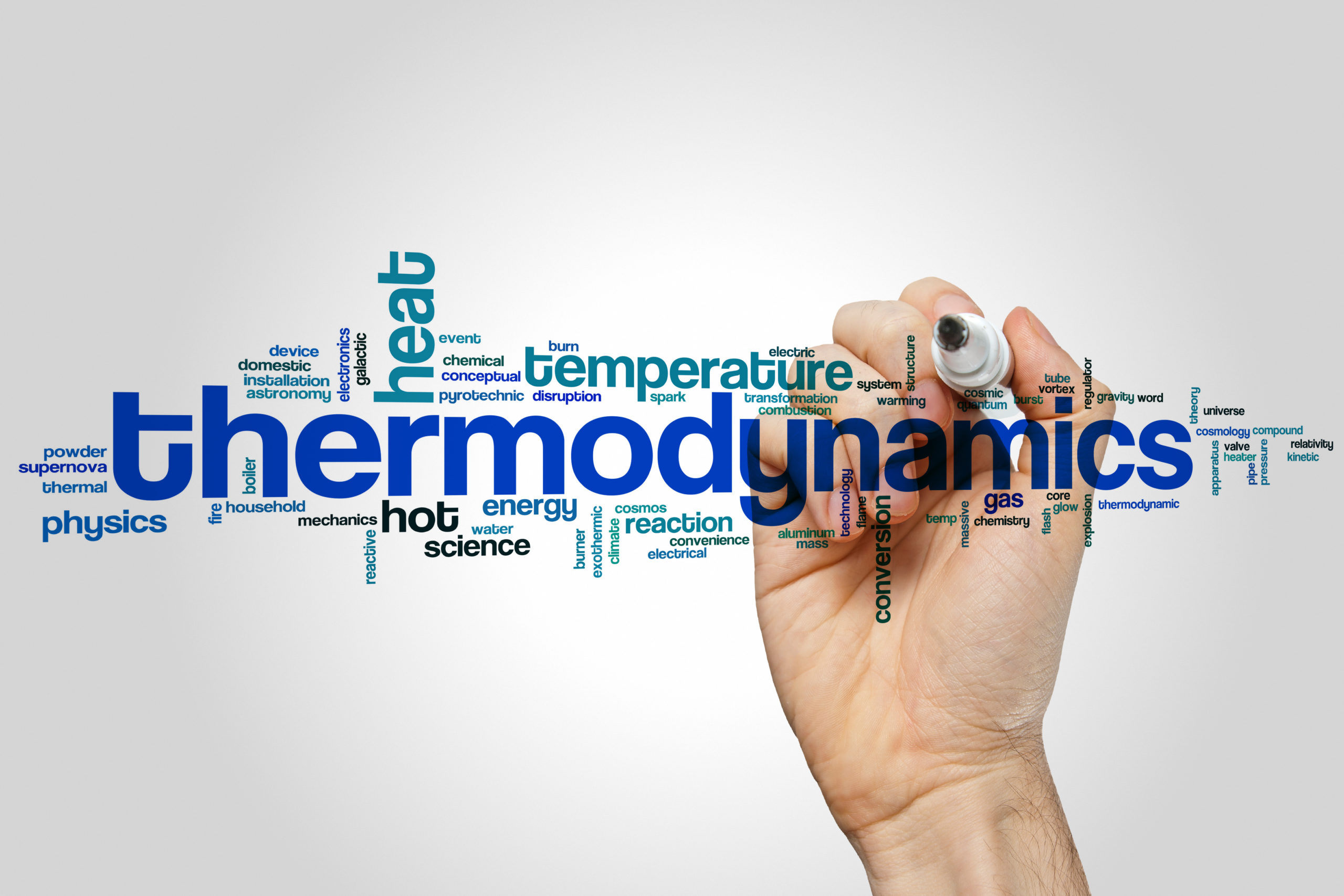The term thermodynamics was introduced in 1749 by William Thomson. It is concerned with the concepts of heat and temperature, as well as the interaction of heat and other forms of energy. The four thermodynamic laws govern and quantitatively describe the behaviour of these quantities. Thermodynamics is unconcerned with how and at what rate these energy transformations occur. It is based on the initial and final states that are changing. It is also worth noting that thermodynamics is a macroscopic science. This means that it is concerned with the bulk system rather than the molecular structure of matter.
Thermodynamic Properties
The properties can be used to determine the characteristics of a thermodynamic system. It also helps in determining the state of the system. These characteristics can be intensive or extensive.
- Intensive properties: These are properties that are not entirely dependent on the quantity of matter. Pressure and temperature are two examples of intensive properties.
- Extensive properties: The value of extensive properties is determined by the mass of the system. Volume and energy are two examples of this property.
Thermodynamic Laws
There are 4 laws of thermodynamics:
- The zeroth law of thermodynamics
- The first law of thermodynamics
- The second law of thermodynamics
- The third law of thermodynamics
Zeroth Law of Thermodynamics
According to the zeroth law of thermodynamics, if two bodies are individually in equilibrium with a third body, the first two bodies are also in thermal equilibrium with each other.
First Law of Thermodynamics
It states that energy cannot be created or destroyed but can only be transformed from one form to another. The first law of thermodynamics is also known as the law of conservation of energy.
Examples of the first law of thermodynamics are:
- Photosynthesis is the process by which plants convert the radiant energy of sunlight into chemical energy. While swimming, walking, breathing, and scrolling through this page, we eat plants and convert chemical energy into kinetic energy.
- Although turning on light appears to generate energy, it is actually electrical energy that is produced.
Second Law of Thermodynamics
According to the second law of thermodynamics, the entropy of an isolated system will always increase over time. The second law also states that entropy changes can never be negative.
Third Law of Thermodynamics
The entropy of a perfect crystal at zero Kelvin (absolute zero) is equal to zero, according to the third law of thermodynamics.
Entropy
The measure of disorder/randomness in a closed system is entropy. It is proportional to the number of microstates (a fixed microscopic state that a system can occupy) accessible to the system; that is, the greater the number of microstates a closed system can occupy, the greater its entropy. The ground state of the system is the microstate in which the energy of the system is at its lowest.
Enthalpy
The measurement of the energy contained in a system is defined as enthalpy. The quantity of enthalpy is equivalent to the total heat content of the system, which equals the system’s internal energy multiplied by the product of pressure and volume.
The mathematical form is as follows:
H = E + PV
Where H denotes enthalpy, E denotes internal energy, P denotes pressure, and V denotes volume.
Difference between Thermodynamics in Chemistry and Thermodynamics in Physics
Thermodynamics in chemistry and physics are fundamentally identical. However, there is one distinction: the notation of work. This is provided by:
- The total amount of work done by the system can be viewed as positive in physics.
- The total amount of work done on the system in chemistry could be positive.
The main reason for this distinction is that in physics, we are mostly concerned with the study of the system and what it can provide us. On the other hand, in chemistry, we are primarily concerned with the changes that must be made to the system.






